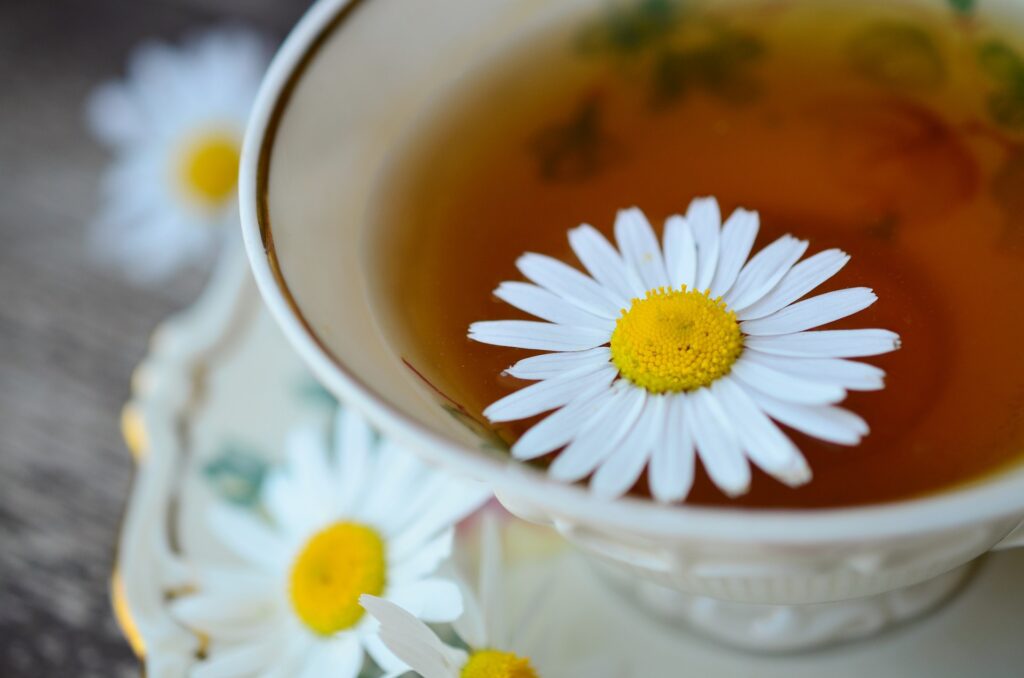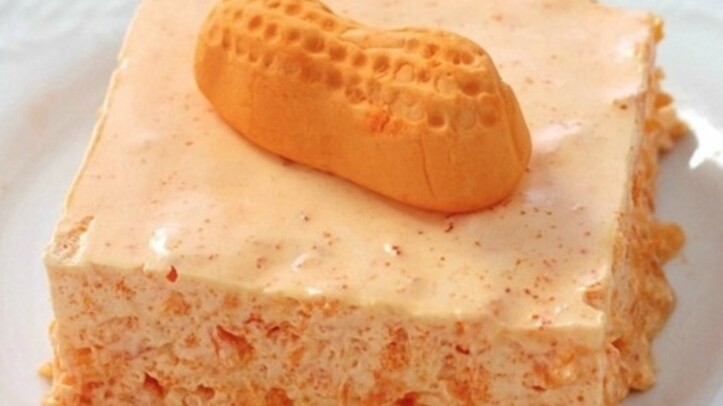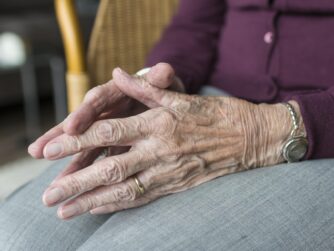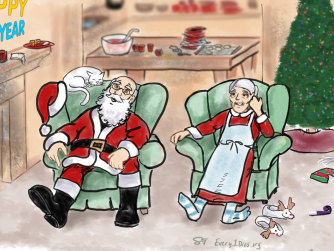This is the second of a series of talks about the last hours of living with the focus this week on eating and drinking at the end of life. In is natural to assume that what we have been told to do to recuperate and be healthy are the same as what is seen during the dying process. We go a few hours without food and can feel really grumpy. Except, the approaches and rules are different when we are talking about the end of life. This series not only tells you what is different, but why it is different. And we have an interview with a woman whose father refused to eat or drink at the end of his life.
The last hours of life are conceptualized as the peri-death period, which specifically encompasses the symptoms and experiences right before death occurs, the actual death, and the care of the body after death. This time requires intensive holistic care.
Peri-death: symptoms and experiences before death (Part 2)
The peri-death period begins with a preparation phase, the hallmark of which is the realization or acknowledgment that death is inevitable and near. Even if it has been considered before this is when the dying and family members begin to prepare for the death.
Anorexia/Dehydration
As patients approach the end of life, they may say they are not hungry, which is a normal predeath finding. Decreased eating results in a metabolic imbalance whereby the energy a patient takes in does not cover the energy they expend, resulting in a state of dehydration. Although healthy people who are experiencing dehydration will report pain, abdominal cramps, nausea, vomiting, and dry mouth, patients who are terminally ill do not report such symptoms. At the end of life, patients typically only complain of having a dry mouth, which is often unrelated to hydration status and most often is the result of medication side effects, increased respiration, or mouth breathing.
Nutrition
Food represents more than nutrition to many families and can have a vital role in helping them to maintain hope and providing comfort to the patient. It is regrettable that attempts to feed the dying patient are not only frustrating for everyone involved but can also add to the patient’s suffering. In many cases, artificial hydration and nutrition provide an opportunity to “do something” at a time when the mistaken perception is that there is little else the nurse can do for them.
Hydration
Intravenous fluids given to a person who is actively dying increases urinary output, which may result in the necessity for a Foley catheter. It may increase respiratory secretions and increase cough as well as increasing stomach fluids, leading to abdominal distention, nausea, or vomiting. Increasing the amount of fluid in the veins when there is decreasing kidney function can further result in swelling of hands and feet and increase the risk of decubitus ulcers. Pain can result from the IV site and restraints may become necessary to prevent the patient from removing the tubing. The presence of the IV may act as a physical barrier to the family and may be a cause of anxiety to them. In essence, artificial nutrition and hydration at this stage may lead to symptoms of congestive heart failure, increased tracheal and bronchial secretions, nausea and vomiting, painful edema, and diarrhea, rather than improving symptoms or prolonging life.
End of life considerations
In contrast, there are many benefits to the patient if they do not eat or drink as death nears. With calorie deprivation comes an increased production of ketones, which results in an elevation of naturally occurring opioid peptides or endorphins that provide analgesia. An electrolyte imbalance, if present, will also result in increased analgesia. Decreased fluid intake will result in fewer pulmonary fluids, which ease respiration, lessens coughing, and reduces drowning sensations. If a tumor is present, dehydration may make it smaller in size by reducing the swo;;em layer around the tumor resulting in less pressure and pain.
Some things that help are to do thorough mouth care to lessen mouth dryness and prevent sores, dental problems, and infections. Scrupulous cleaning and moistening of the mouth can be one of the most important interventions to prevent suffering in someone nearing death.
The mouth and teeth can be cleaned with a soft-bristled toothbrush or sponge-covered oral swabs. To maintain moisture in the mouth lining, the mouth should be rinsed frequently with water. A spray bottle can be used to mist the mouth often; a room humidifier is also very helpful.
Commercial salivary substitutes or supplements such as Salivart, Oral Balance, Salagen, and MoiStir can also help keep the patient comfortable.

Chamomile tea is also very soothing and can be used to clean the mouth or offered to the patient to sip on. Generously applying lip lubricant can prevent dry, chapped lips and alleviate associated discomfort.
It is essential for everyone involved in the care of the patient to realize that not providing food and fluids is not the same as not caring for the patient, only that the concentration of care is on meeting the needs of the dying person and providing all-inclusive symptom management.
If the patient is experiencing oral pain, morphine or morphine elixir can be used if the pain is severe or during mouth care and meals. Topical agents for mouth pain include Viscous Xylocaine 2% solution, 5–15 ml, swish and spit every 2 to 4 hours as needed. KBX solution (Kaopectate, Benadryl, Xylocaine viscous in equal parts), 5–15 ml, swish for 1 minute, then spit or swallow every 2 to 4 hours as needed may also be ordered. The Xylocaine provides topical anesthesia; the Benadryl is a short-acting anesthetic; and the Kaopectate (Mylanta may be substituted) serves as an alkalizing agent. You may see this listed as Magic Mouthwash.
If they can still sip fluids, encourage those fluids that contain salt to help prevent electrolyte imbalance. Fluids such as bullion soup, tomato juice, or sport drinks like Gatorade may be well-tolerated. Avoid citrus juices or foods that may irritate the mouth, as well as temperature extremes of foods. It is important not to force food or fluids at this point and to support the family who may have a difficult time accepting the patient’s refusal to eat or drink. Remember that even in the case of acute illness, such as the flu, food and fluids can create additional distress.
As death approaches patients often lose their ability to swallow due to weakness or a decrease in neurological function. The gag reflex may weaken, and secretions will tend to accumulate in the back of the throat. Positioning is important to prevent the accumulation of secretions in the back of the throat and upper airways. Scopolamine transdermal patches can be used to decrease secretion production and decrease the occurrence of the “death rattle,” which although not distressing to the patient can be very upsetting to listen to.

Listen to our interview with Sally Hebert, who discussed her experience with her father at the end of life.
Resources:
- S1E21: Artificial Food and Fluids
- End of Life Timeline: Signs and symptoms of the dying process (Omnicare Hospice)
- Signs of Approaching Death (Hospice Foundation)
- Sally Hebert
Recipe of the week
We have the weirdest recipe out there thanks to Southern Living: a circus peanut jello salad. If you have a hankering for this (we won’t tell on you), you can probably find circus peanuts in a forgotten corner of a dollar store. Charlie tells us this spongy peanut is the origin of fruit loops cereal…what do you think?

Let us hear from you!
So do you have something stranger than this? It’s going to be hard to beat. WE DARE YOU! Send us your crazy recipes. Or drop us a note below or via social media. We love to hear from you!








